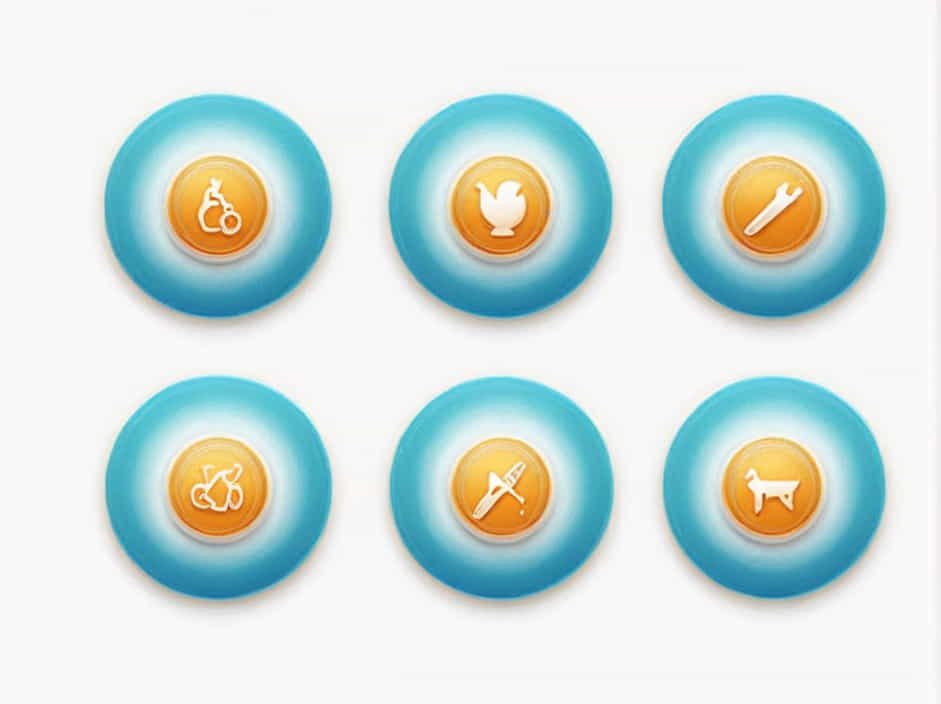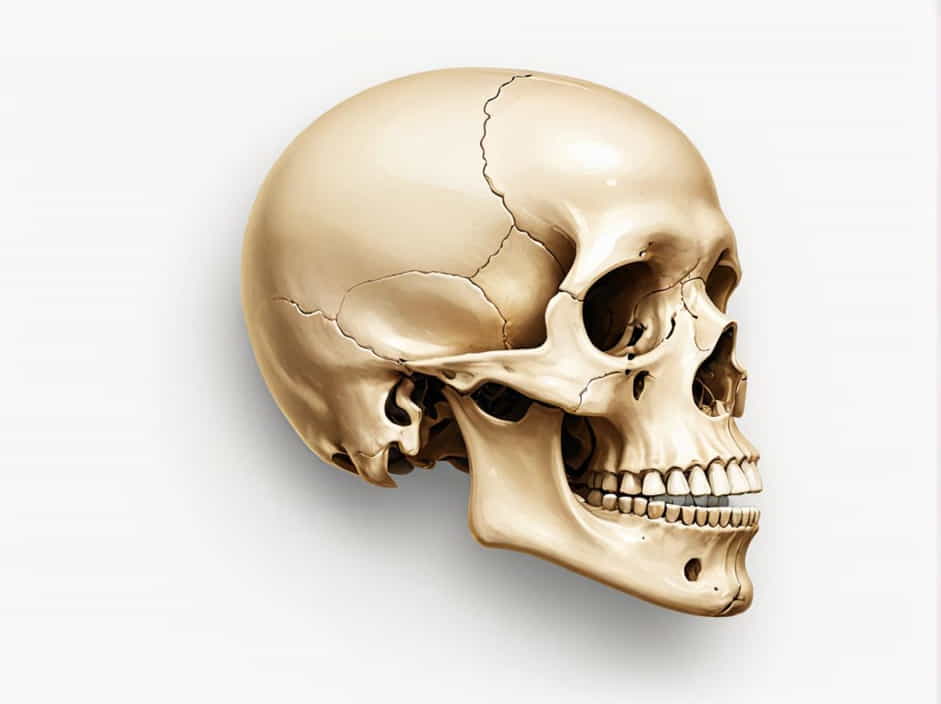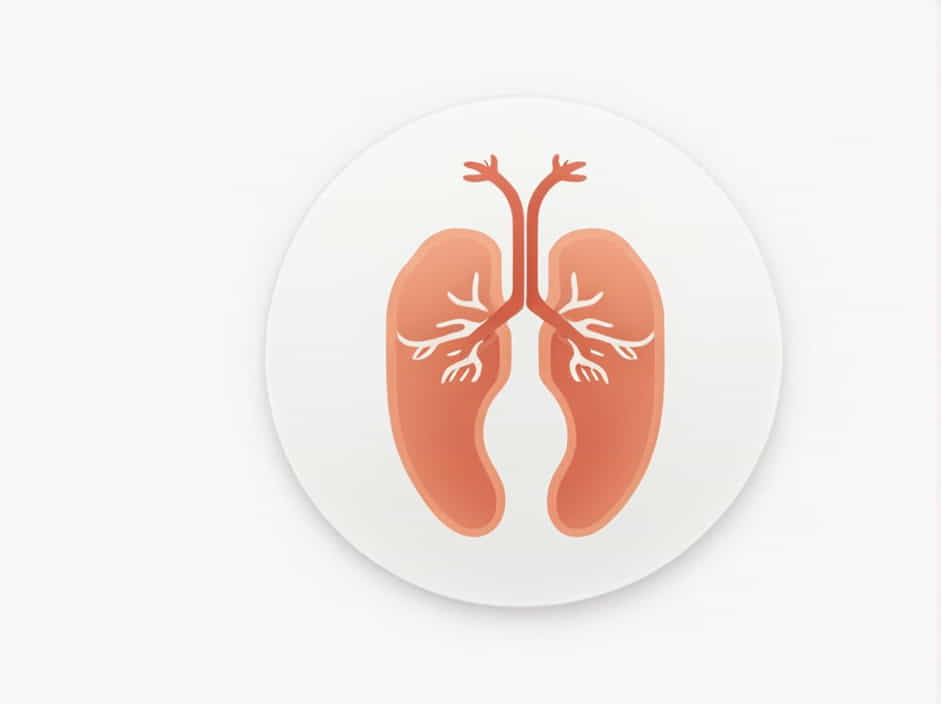Which Layer Of The Gastrointestinal Tract Is Innermost
The gastrointestinal (GI) tract is a complex system responsible for digesting food, absorbing nutrients, and eliminating waste. It is made up of multiple layers, each with a specific role in digestion. The innermost layer of the GI tract is called the mucosa. This layer plays a vital role in nutrient absorption, secretion of digestive enzymes, … Read more









